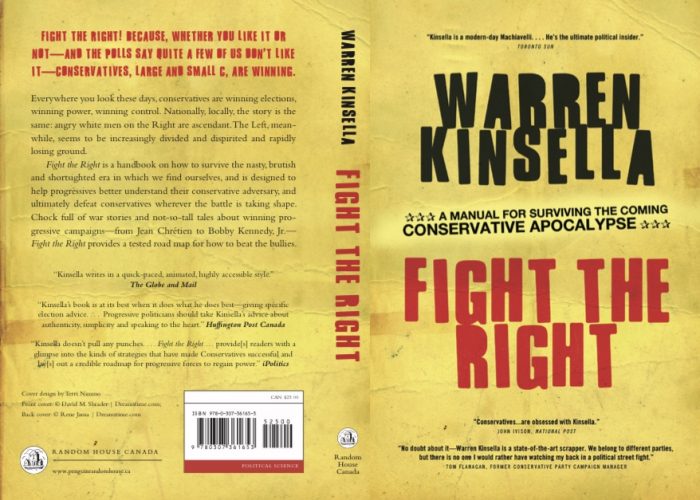Moore and Farber vs. Hategan
You don’t often see a legal win as complete as this one. It is a total and historic victory for Moore and Farber, here.
You don’t often see a legal win as complete as this one. It is a total and historic victory for Moore and Farber, here.
No less than Nate Silver has taken note of Trudeau’s pathetic vaccine efforts.
You’re in the big leagues now, Justin – in a really bad way.
Why is Canada so slow on vaccines? Or Germany? A lot of countries that did comparatively well in fighting the pandemic are very slow with their vaccine rollouts.https://t.co/MrxIwfCflC pic.twitter.com/cJ7nlJStD0
— Nate Silver (@NateSilver538) February 4, 2021
Bell Media took millions from the taxpayer, paid big dividends to their executives, then fired hundreds of amazing journalists. They’re scumbags. The facts: Q4 2020 Profit is up 28.9% vs Q4 2019. $932-Million Profit in 3-months = +$10-Million per day. https://t.co/KGdqVhyydB pic.twitter.com/lJkkstFOti
— Warren Kinsella (@kinsellawarren) February 4, 2021
I wonder if people are going to continue to say that those of us at the Sun are overreacting?

When the history of the Justin Trudeau era is written, it’ll be replete with tales of how social media trumped policy, casual corruption overwhelmed ethics, and rank incompetence took the place of public health, with inevitably fatal consequences. #cdnpoli #lpc
— Warren Kinsella (@kinsellawarren) February 3, 2021



#CPC partisans’ excuses for losing:
• the media are always mean to us
• Trudeau will never lose
• our leader [fill in name] will never win
• Canadian voters are stupid
• I’m too fucking lazy to get off Twitter and actually do something in the real world #cdnpoli— Warren Kinsella (@kinsellawarren) January 30, 2021